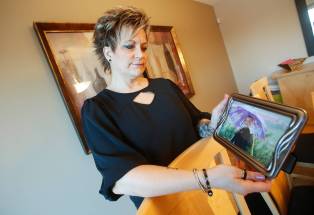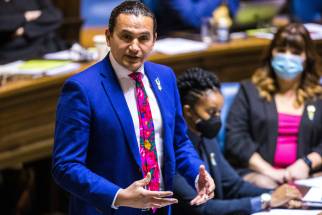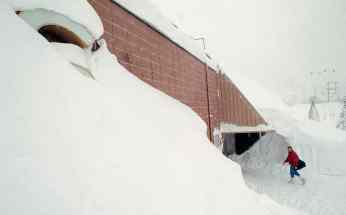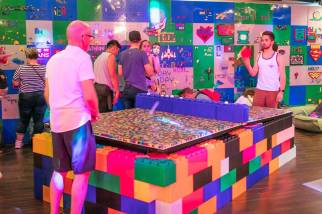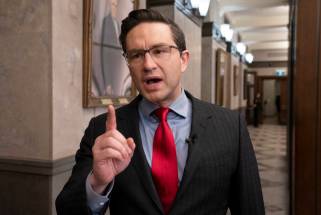Art of war Winnipeg painter’s first-hand experience with conflict colours his new exhibition
Read this article for free:
or
Already have an account? Log in here »
To continue reading, please subscribe:
Monthly Digital Subscription
$0 for the first 4 weeks*
- Enjoy unlimited reading on winnipegfreepress.com
- Read the E-Edition, our digital replica newspaper
- Access News Break, our award-winning app
- Play interactive puzzles
*No charge for 4 weeks then price increases to the regular rate of $19.00 plus GST every four weeks. Offer available to new and qualified returning subscribers only. Cancel any time.
Monthly Digital Subscription
$4.75/week*
- Enjoy unlimited reading on winnipegfreepress.com
- Read the E-Edition, our digital replica newspaper
- Access News Break, our award-winning app
- Play interactive puzzles
*Billed as $19 plus GST every four weeks. Cancel any time.
To continue reading, please subscribe:
Add Free Press access to your Brandon Sun subscription for only an additional
$1 for the first 4 weeks*
*Your next subscription payment will increase by $1.00 and you will be charged $16.99 plus GST for four weeks. After four weeks, your payment will increase to $23.99 plus GST every four weeks.
Read unlimited articles for free today:
or
Already have an account? Log in here »
Hey there, time traveller!
This article was published 05/04/2022 (1344 days ago), so information in it may no longer be current.
A mother cradles her infant as bombs fall behind her. Her eyes are closed as the baby sleeps in her arms. This child was meant to be born into a world of hope and peace and love and serenity. Instead, war.
Art preview
F—- War
By Bistyek
300 Ross Ave.
To April 15, 1-7 p.m.
Info at bistyek.ca
Bistyek, the artist responsible for the painting, knows war, and he didn’t choose to meet it. Now 25 years old and living in Winnipeg, with pierced ears and wide eyes, Bistyek was once a child in Afrin, a Kurdish village in the northern part of Syria. He lived there, until war made him live elsewhere. Now, he lives here.

War.
It interrupts. It severs. It demoralizes. It kills. It ruins. It is a product and a producer of evil. War is a violation of life.
When Bistyek — a name that means ‘21’ in his native tongue — thinks of war, he doesn’t think of borders or politics or strategy, or the calibre of the gun. He thinks of the people caught in the crossfire, who did nothing to put themselves in the middle of the fog aside from being born and choosing to live.
So when he heard that an invasion had occurred in Ukraine, by Russian forces, he didn’t need to turn on the news to comprehend who was right and who was wrong. He didn’t feel compelled to dive into reports of geopolitics. He knew what was happening was reprehensible, immoral, unjustifiable. He had not been to Ukraine, but he didn’t need to use his imagination to understand the terror the mothers felt, or the fear in the souls of the young boys who would soon become young men. He knew war and this was it.
So Bistyek did what he knows how to do: he painted. “In two days I made seven paintings,” he says in his studio in the Exchange District. In three weeks, he had finished 10.
He looked into the faces of the current war and saw the faces he had been forced to leave behind. He saw his mother and his aunts and his siblings and his neighbours and the people whose names he never learned but whose faces he cannot forget.
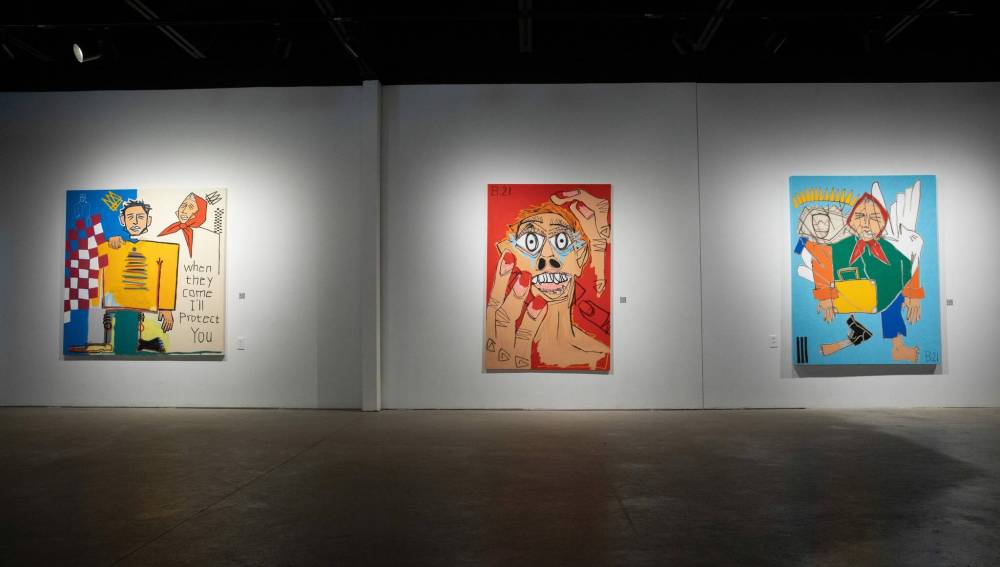
There’s the mother with the child. A man screaming. A woman carrying a suitcase. The disjointed visage of a human being in distress, fingernails coated in blood, tears welling in their eyes, nostrils flaring, pupils dilated, gazing straight out in what must be shock but what might somehow be hope.
“When Russia invaded Ukraine, it reminded me of Afrin, of Afghanistan, of all of the wars that are happening and all of the wars that happened in the past,” he says. “For me, I was thinking, ‘Come on. Another one?’ The world does not need more children dying, more women dying, more men dying, more refugees searching for home. It’s terrible. I am not a stranger to those kinds of feelings. When I see war — it could be in Ukraine, or the Middle East or in Africa — I feel pain. I feel the sadness. I want to stop it. But what can I do?
“It’s just this,” he says, gesturing to his showroom, filled with works of heart and heartache. “I say it on a canvas. Say it out loud. Say it unfiltered. F—- war.”
That four-letter word that can’t be printed, and that three-letter word that is printed far too frequently, unite to form the title for Bistyek’s current exhibition, in a gallery space on Ross Avenue, adjacent to the former Cosman’s Furniture shop on Princess Street.
Inside the gallery, Bistyek’s verbal statement is diffused into something visual one does not often associate with war: colour.

Close your eyes and picture a war zone: it’s probably grey and black and white. There’s rubble and crumbling concrete. Any spark of colour is incendiary in nature, and any face that can be seen is masked in a terror unlike any other. Even the faces are grey and ashen. The clothes too.
But that’s not the war Bistyek sees when he closes his eyes. War is not colourless. An unfair trick that war plays is that the colour remains: something meant to connote joy is rendered joyless. Green comes to represent not grass but tanks and camouflage. Red is not a rose but blood. No longer fire in the heavens, orange becomes the fire of an airstrike.
When Bistyek closes his eyes and thinks of war, he sees those colours for what they are, for what they were and what he hopes they soon will be.
Inside the gallery, which is huge and sparse, with white walls, those colours explode. And in front of them are faces — emotive, effusive faces. They feel pain and it is incontrovertible.
But walk along far enough, and you’ll find yourself in a smaller alcove where there are people, but they look different.
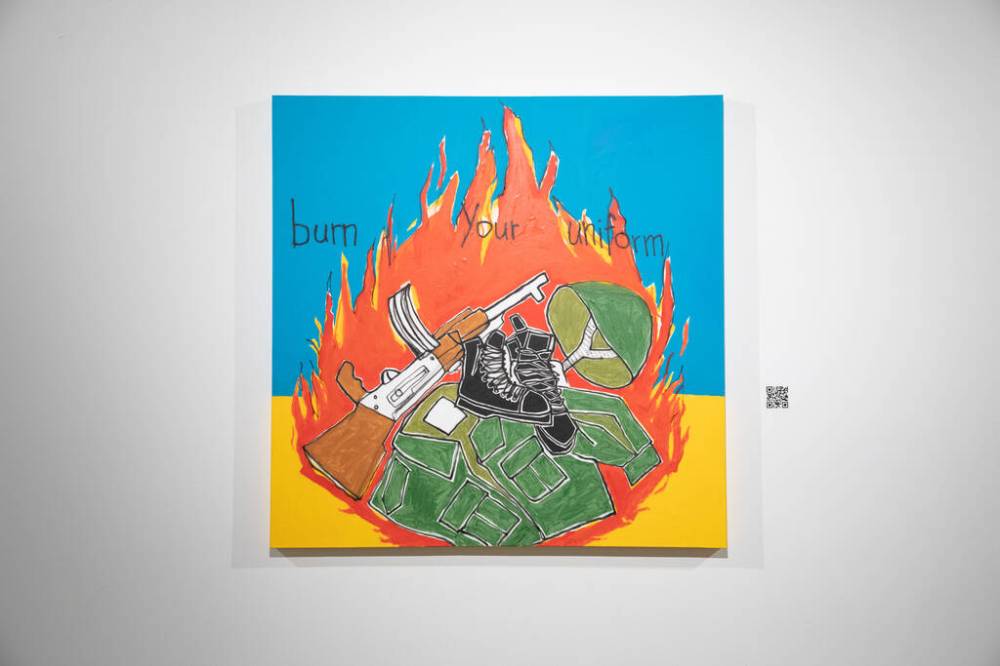
“In here, they have no faces,” says Bistyek. This is another reality of war: it anonymizes. It wipes clean the demarcations of the individual and thrusts them into the collective. Some are on the side of the brutalizer and others are on the side of the brutalized, but all are enmeshed in the same brutality.
In this room there is a faceless, nameless boy in fatigues, raising his right hand to his brow in salute to something he does not understand and should not have ever had to understand. There is a uniform on fire. There is a soldier carrying in his hands a fallen dove.
War makes victims, Bistyek says. It forces people to fight when they should be able to know peace. It compels the innocent to make choiceless choices to protect themselves and their loved ones. It scatters people like seeds in the wind.
Bistyek knows this. “My family has never all been together in the same room,” he says, sitting in his studio a day before his show opens. They’ve gotten close, but there are always one or two or three who are somewhere else, not by choice, but by circumstance.
It’s these thoughts that enter his mind when he paints. That even in a new country thousands of kilometres away from the place where he was born, he cannot forget, and will not forget, the pain of war.
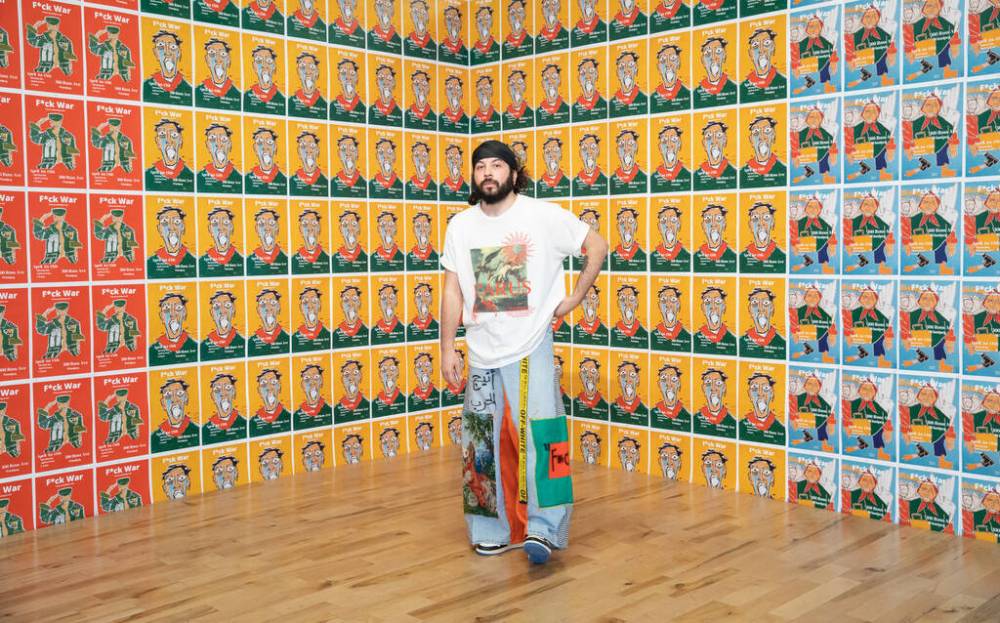
“It is truly a terrible thing.”
ben.waldman@winnipegfreepress.com

Ben Waldman covers a little bit of everything for the Free Press.
Our newsroom depends on a growing audience of readers to power our journalism. If you are not a paid reader, please consider becoming a subscriber.
Our newsroom depends on its audience of readers to power our journalism. Thank you for your support.


